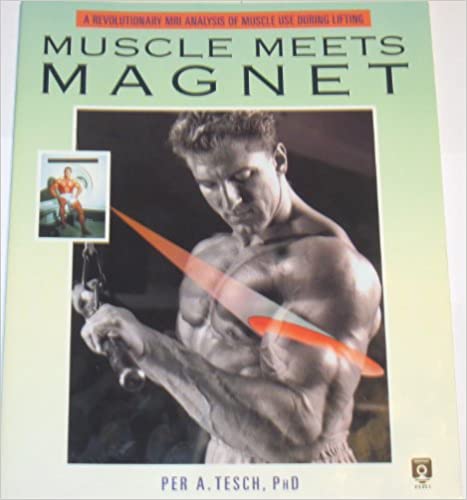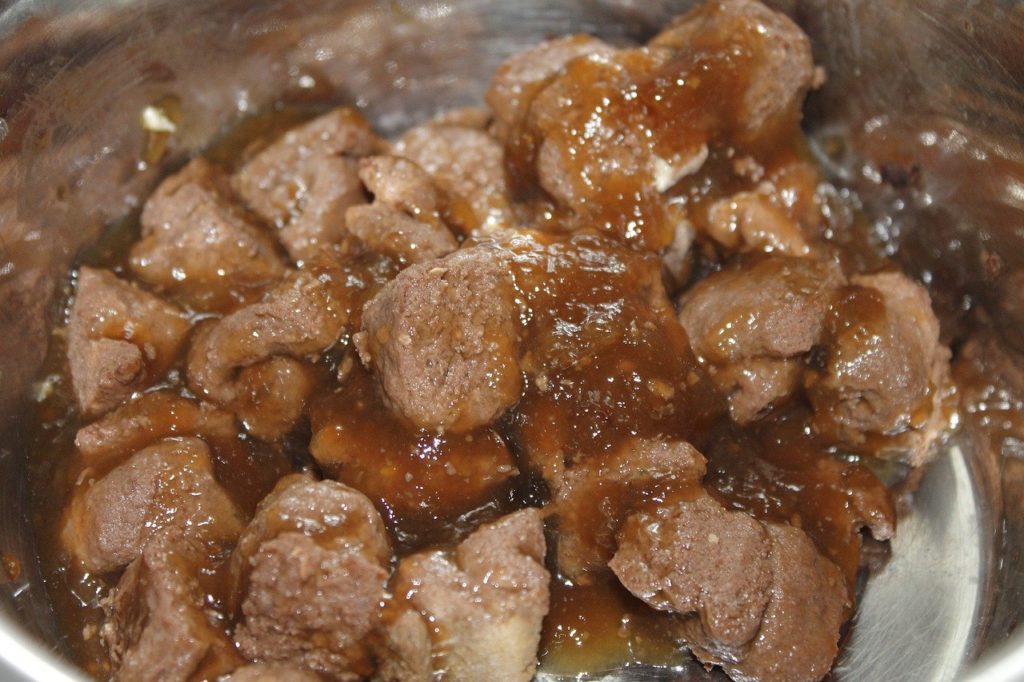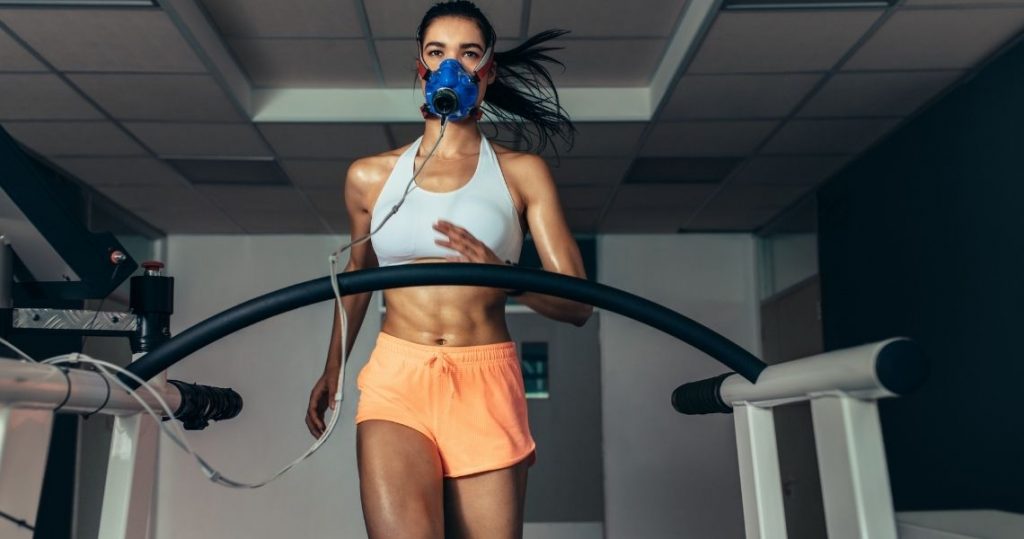Professional experts from bodybuilding glossies have argued for decades that to fully develop the musculature you have to work different parts of the muscle with different exercises. For example, the programme should include exercises to both elevate the ‘peak’ of the biceps and make the biceps ‘thicker’.
Scientific spoiler alert, previously published in Zojnik:
How to train your biceps
And a number of trainers countered: a few multi-joint exercises is all you need to grow. Regularly increasing work weights in the barbell squat, bench press, deadlift and bent-over pull is the most effective way to make your muscles grow.
So who’s right?

Let’s find out.
Muscles and magnets
Back in the 1990s a Swedish scientist called Per Tesch did an experiment on a group of advanced bodybuilders by “looking inside” their muscles using magnetic resonance imaging (MRI). He found that even small variations in technique shifted the load to different regions of the muscles performing the movement.
For example, if you do a curl with a wide grip on a barbell, the short head of the biceps works more than the long head. If you do this exercise on an incline bench, however, the load is distributed roughly equally between the bundles. Based on the results of his research, the scientist wrote a book that is widely known in rocket science circles.
An EMG study can be performed in two ways:
- by placing electrodes on the surface of the skin directly over the muscle,
- By placing thin wire or needle electrodes into the muscle belly itself.
EMG makes it possible to measure regional muscle activity when varying exercises or even when making small changes (grip, stance, etc.).
In one study, American researchers used EMG to measure the activation of the pectoral and deltoid muscles during bench presses at different angles . They found that the superior pectoral bundles and anterior deltoid bundles were more active in the incline bench press (head-up) compared to the horizontal bench press.
Another study compared the activation of the posterior thigh muscles in an isolation and multi-joint exercise. Isolation was found to significantly more strongly activate certain regions .
“When performing leg flexion the activation of the lower part of the biceps femoris muscle was higher by about 170% and the lower part of the semitendinosus muscle by about 65% (compared to the straight legged deadlift),” says study author Brad Schonfeld.
In the squat, the lateral broad and medial broad (two of the four muscles that make up the quadriceps) work harder, while in the leg extension, the straight thigh muscle .
Read more about leg muscle workouts (also with a scientific basis):
The most effective leg and gluteus exercises
Variety of exercises and regional hypertrophy
So, a number of studies have found that different exercises, as well as different grip, stance and body position variations have different effects on regional muscle activation.
But does it affect hypertrophy?
In other words, do differences in short-term regional muscle activity lead to long-term increases in muscle mass in that particular region?
The authors of several works have tried to answer precisely this question. And their answer is an unequivocal ‘yes’.
Japanese researchers found that after a 12-week training programme including burpee curls three times a week, the greatest growth was in the part of the triceps muscle active to the maximum .
The same group performed a 12-week experiment with a barbell bench press – again, maximum hypertrophy was observed in the muscle regions experiencing the greatest activation .
Leg curls performed three times a week for three months resulted in more rapid growth of the rectus femoris muscle than the other muscles composing the quadriceps .
Furthermore, a training programme including several leg exercises (squat, lunge, leg press) led to hypertrophy of all parts of the quadriceps, which a basic programme containing only the squat could not achieve .
A direct comparison of programmes
Brazilian researchers followed two groups of subjects for nine weeks, training three times a week and working the whole body in each session .
All performed the same number of sets and repetitions, but there was a nuance: the first group worked on the same exercises all the time, while the second group changed exercises in each training session during the week.
Regular programme
- Bench press
- Upper barbell pull
- Bench press
- Leg curls
- Bicep curls
- Arm curls for triceps
Interleaved program
Session 1
- Bench press
- Upper block pull
- Leg press
- Leg curls
- Bicep curls
- Arm curls for triceps
Workout 2
- Bench press (head-up)
- Upper barbell pull behind head
- Half squat
- Seat leg curl
- Arm curl on handlebar
- Arm curl on shoulder block in sitting position
Workout 3
- Bench press (head down)
- Upper block narrow grip pull
- Gakk squat
- Leg curl (unilateral) in sitting position
- Arm curl on an incline bench
- Arm curls
Changes in muscle thickness were assessed by ultrasound scanning, analysing the quadriceps, biceps and triceps at several sites: both proximal (parts of the muscle closest to the centre) and distal (the part of the muscle furthest from the centre), and in the middle between.
So who gained the most mass?
A programme in which the exercises were alternated in each workout resulted in a significant increase in muscle thickness at all 12 sites analysed.
In the “fixed” group the results were not so outstanding. In particular, the increase in thickness of the proximal biceps, proximal and medial regions of the lateral thigh muscle was almost half that of the “varied” group.
EMG limitations
But there is bad news in other factors that affect muscle growth and final shape.
First, it makes sense to measure the degree of muscle activation only when comparing biomechanically similar movements, such as pull-up and overhead block pull, bench press on horizontal and incline benches, etc.
If different movements are compared, it is not always possible to use EMG to determine which exercise will stimulate hypertrophy more.
For example, in one study, scientists tried to find out which would make the glutes grow faster – the bridge or the squat? .
According to earlier findings , the bridge activates the glutes better.
Brett Contreras self EMG:
The best leg exercises
But when compared in a single experiment, squatting led to greater muscle mass growth.
Another factor is genetics. We cannot change the shape of a particular muscle at will.
Many people – no matter how many times they perform concentric biceps lifts – will never achieve a peak like Robbie Robinson’s.
Lucky people born bodybuilders have relatively short muscle bellies and longer tendons. And these parameters cannot be changed by training.
And these parameters cannot be changed with training. With calf muscles it is vice versa: short and high muscle abdomen can not be stretched with different methods of rising on toes with different foot position. Champions with outstanding calves have a shorter Achilles tendon and a longer muscle belly, i.e. more potential for growth.
Conclusion
It should be understood that it is in principle impossible to isolate any muscle region. The potential shape and size of each muscle is ultimately determined by our genes.
Still, we can use different exercises and vary grip width, stance, body position and other technical conditions to shift maximal load to various parts of muscle group to realise its potential.
Thus, training a muscle with multiple exercises is more effective than including only one exercise for a given group.


